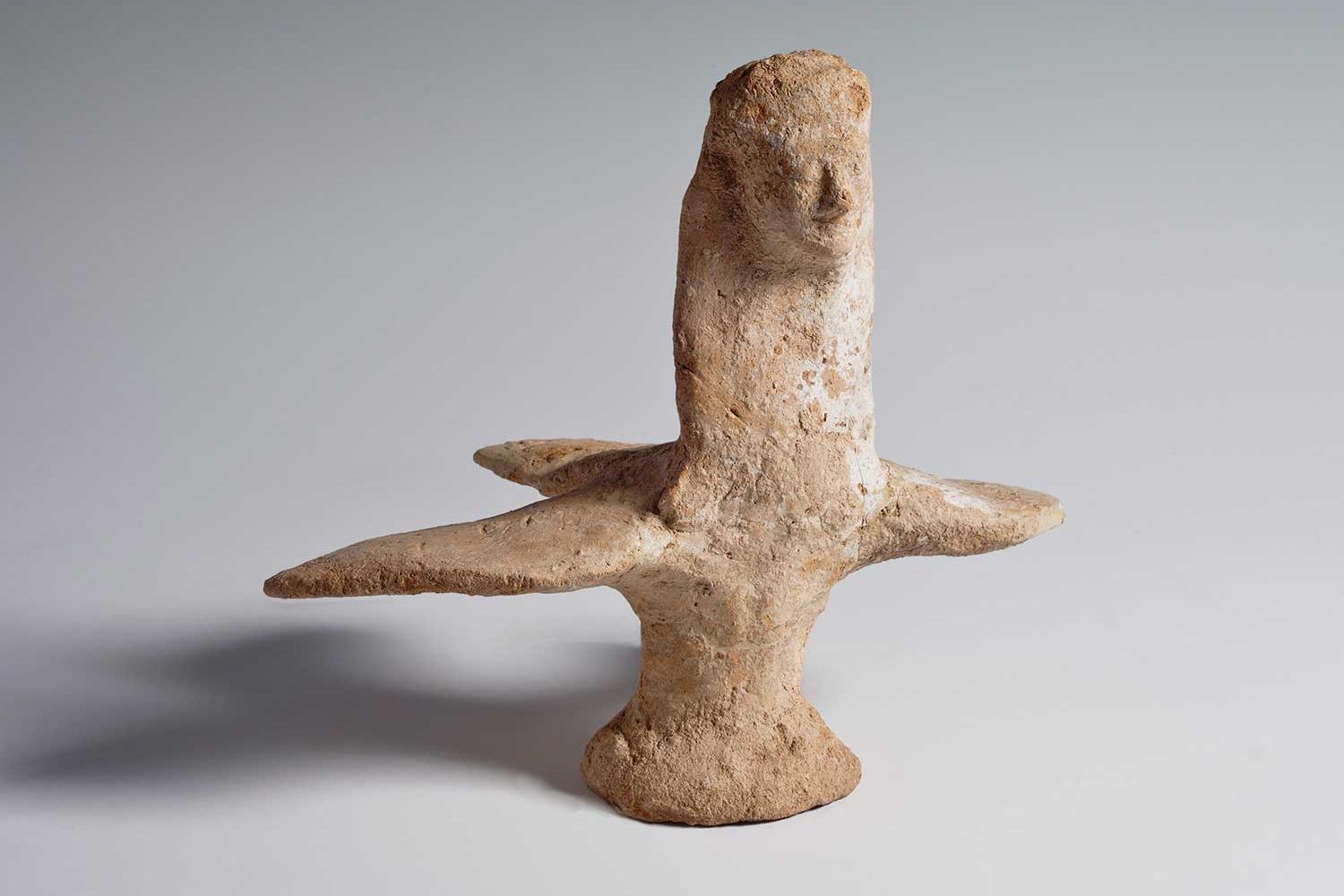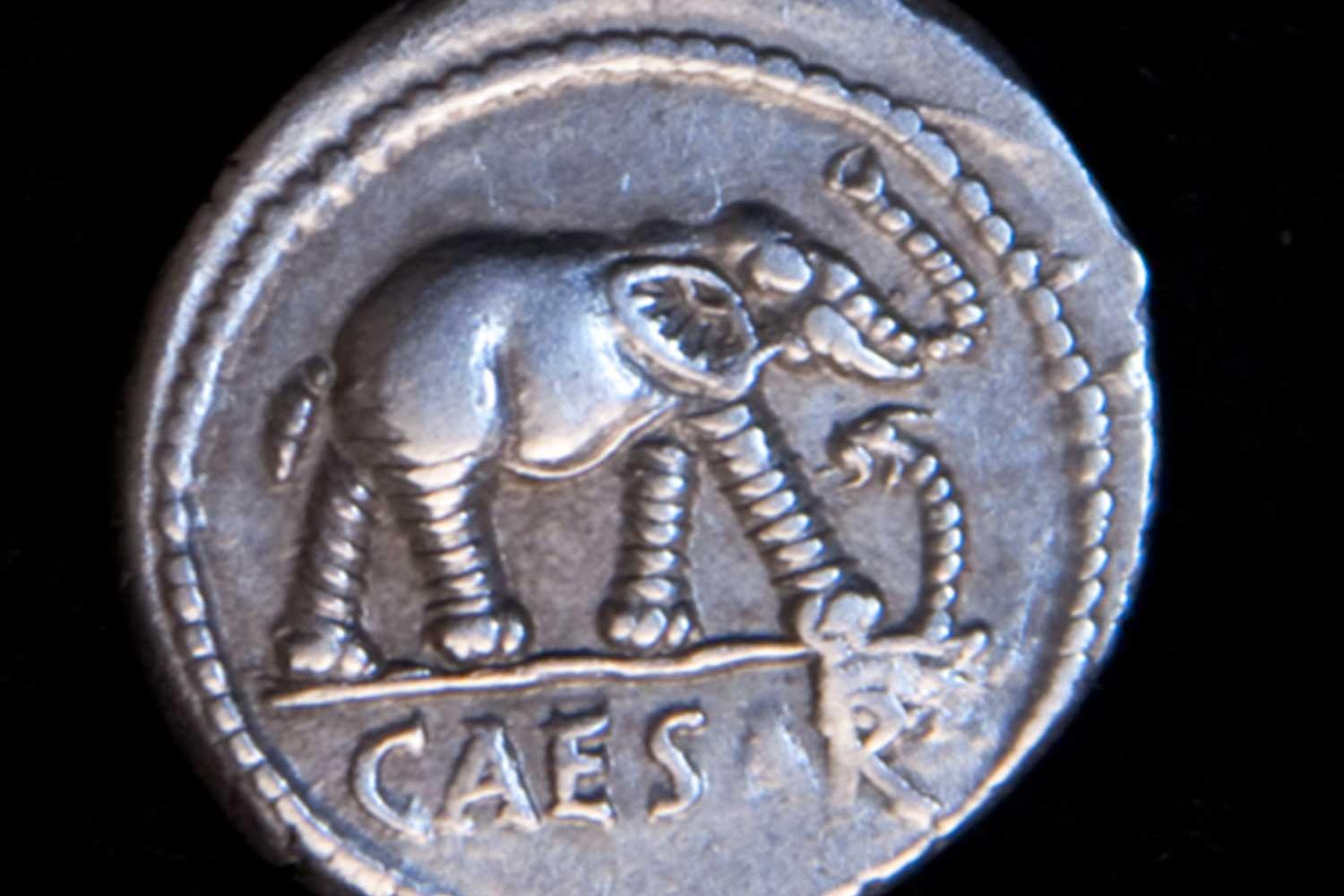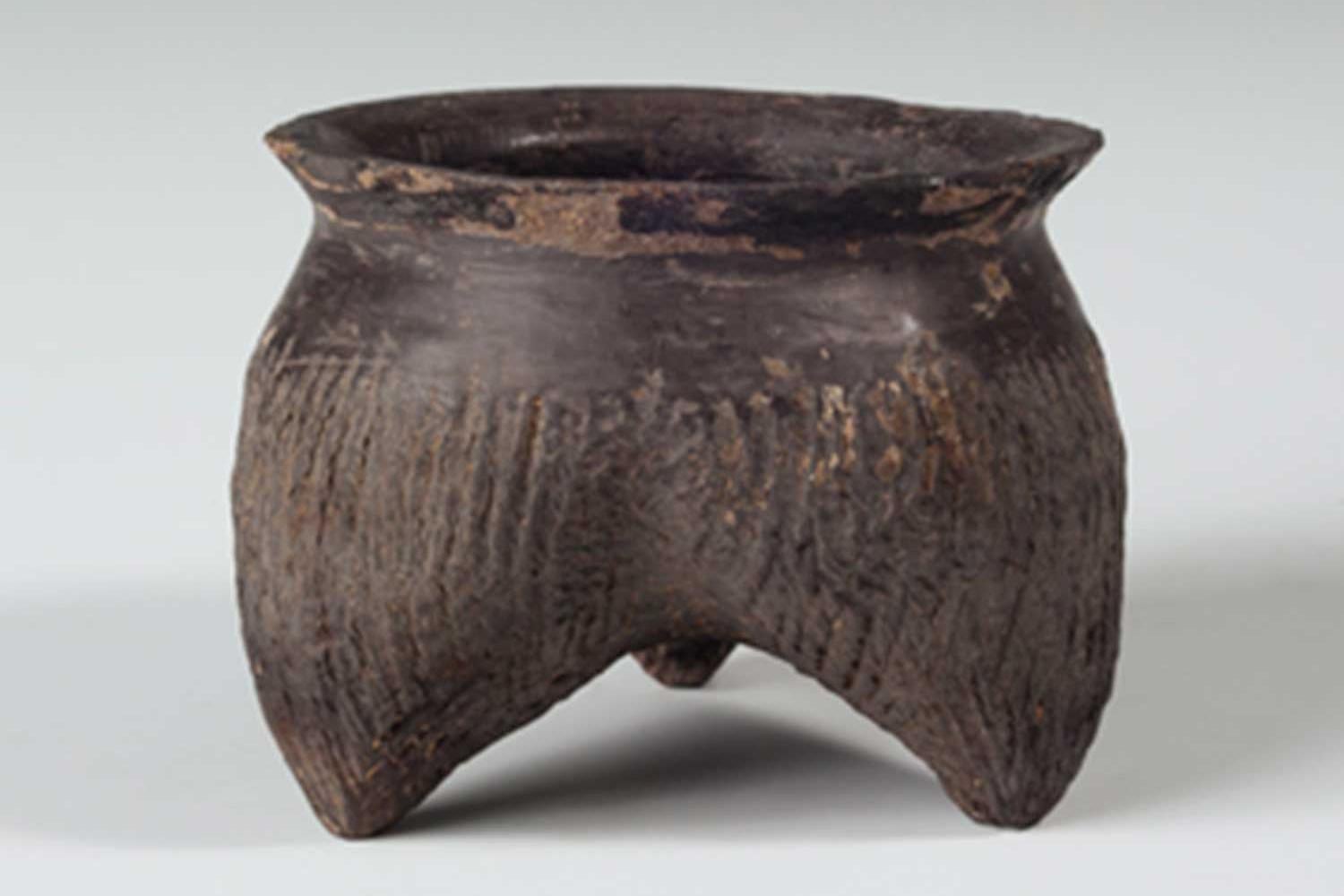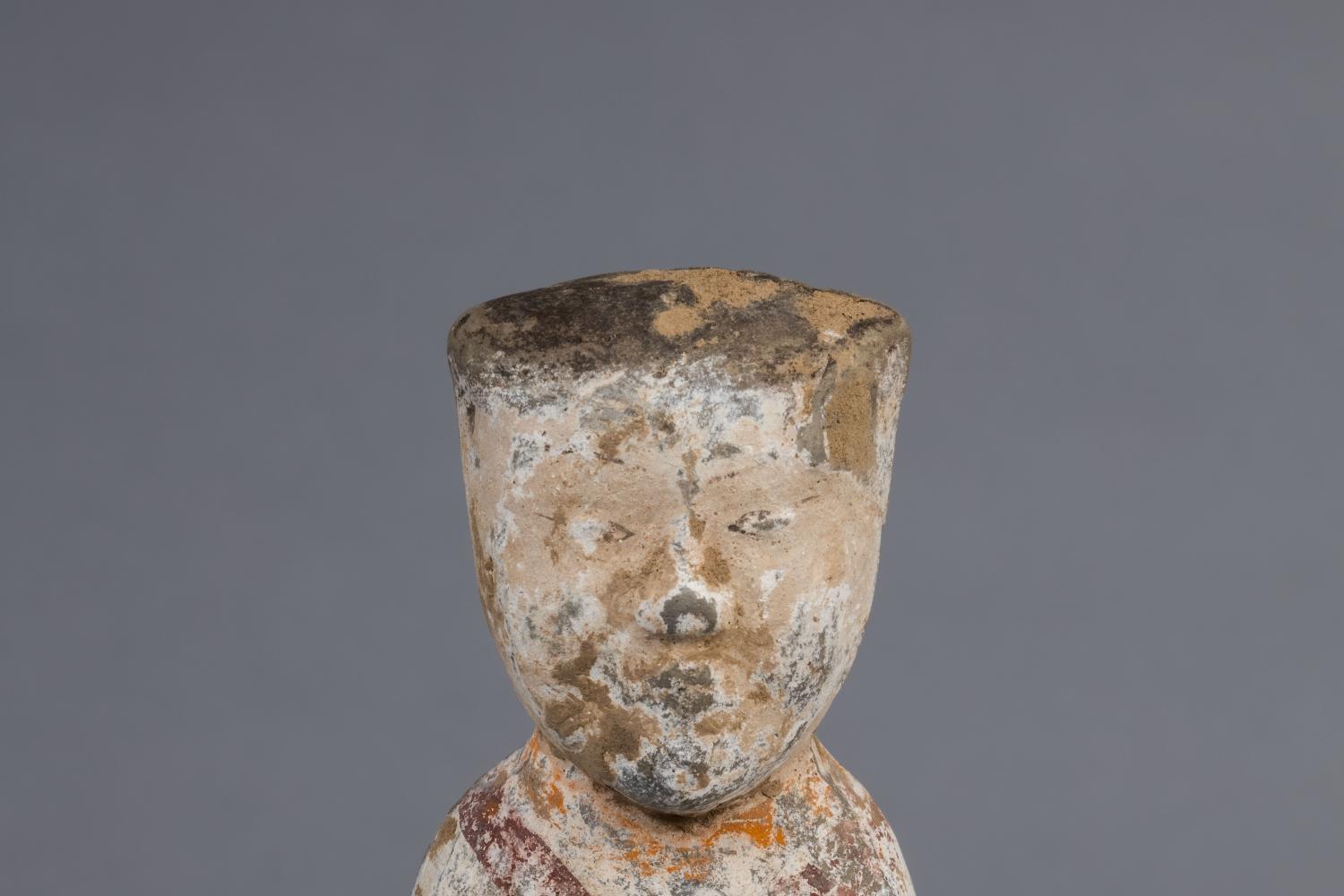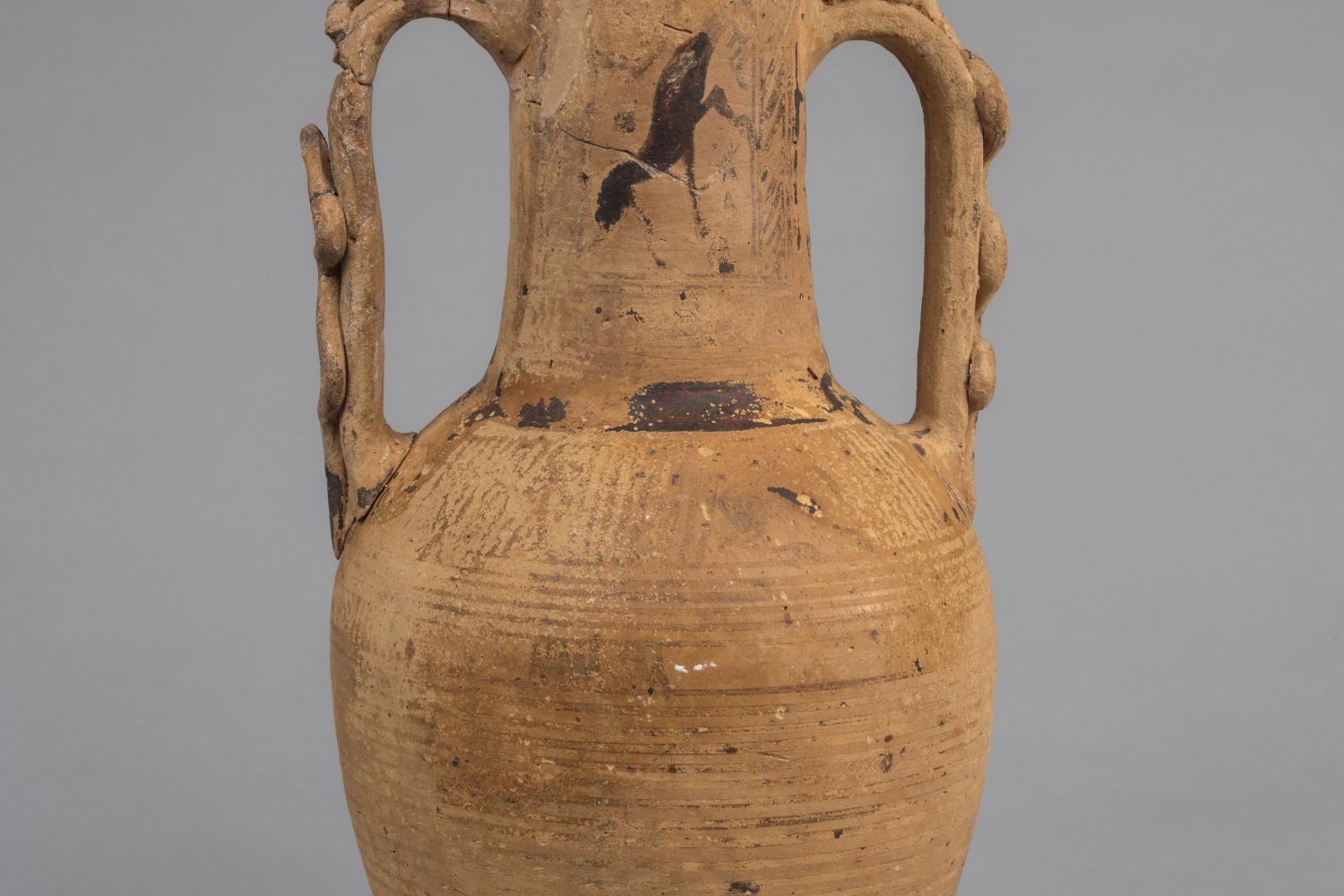Ancient & Classical
In keeping with the Open Access initiative at the University of Colorado, high-res images of our Classics collection are now available for download through our online collection portal. Please refer to our terms and conditions document and start searching our collection!
Our Ancient and Classical Collection provides an overview of the ancient and classical world and offers many opportunities for cross-cultural study. Works from ancient Greece and Rome as well as Asia and Egypt provide insight into past civilizations.
Highlights of this collection include an impressive numismatics assemblage of close to 800 coins including the Wilton Jaffee Roman Coin Collection, composed of rare coins that reveal the entire history of the Roman Empire. We also have notable Greek ceramic and Roman glass vessels.
The Ancient Asian collection features Iranian vessels and Chinese ceramics. In 2012, Warren and Shirley King generously gifted the King Collection, which contains Asian vessels dating as far back as Neolithic China. This gift vastly expanded our holdings of ancient objects and enhances opportunities for research and study.
In 2012, we received a gift of Coptic textiles, which are prime examples of Christian Egyptian workmanship from the fourth to 10th centuries CE.


